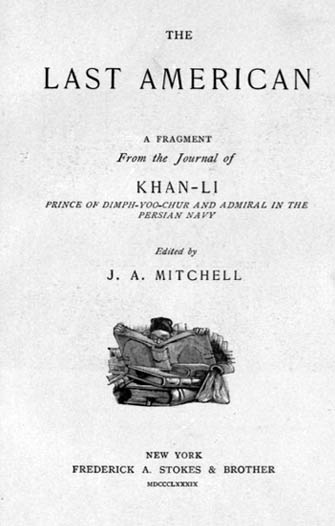
The Library of Congress has an online print of an engraving by Andrea Bernieri. It does not appear to be based on an actual observation by the artist. Below is the description on the website:
This hand-colored engraving of a work by Andrea Bernieri (flourished 1826–42) depicts Yemeni horsemen with lances exercising in the courtyard of a fort. The horsemen are watched by a soldier holding a musket, and civilians are looking on in the foreground. Bernieri was one of the Italian artists who contributed works to a 15-volume set by Giulio Ferrario (1767-1847) entitled Il costume antico e moderno, o, storia del governo, della milizia, della religione, delle arti, scienze ed usanze di tutti i popoli antichi e moderni (Customs old and new, or the history of government, militia, religion, arts, sciences, and the ways of all nations, ancient and modern) published in Italy in 1823–38. Ferrario was a Milan publisher, printer and librarian whose monumental work contained more than 1,500 hand-colored plates depicting clothing from the classical period through the early 1800s, as well as many architectural drawings and engravings. The engraving appeared as plate 29 in Asia, volume 5 of Ferrario’s work. It is from the Anne S.K. Brown Military Collection at the Brown University Library.
Bernieri, Andrea, flourished 1826-1842.
I have not been able to find the exact match of the volume with the image above, although an edition from 1833 includes two engravings of Arabs of the Peninsula in a chapter that is primarily about Mecca. These come across as rather fanciful, especially the females with no veils. These images are attached below.


As pointed out by Noha Sadek, the military image above is a copy of an earlier image in an edition of Niebuhr’s travel account. Below is the earlier image it is based on from the 1774 French edition:

























